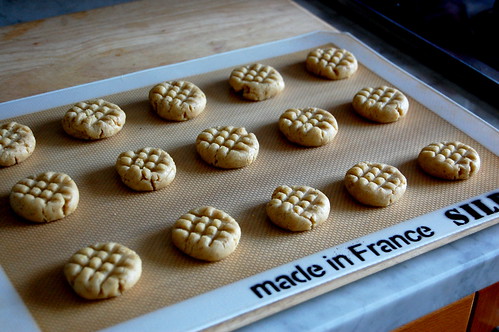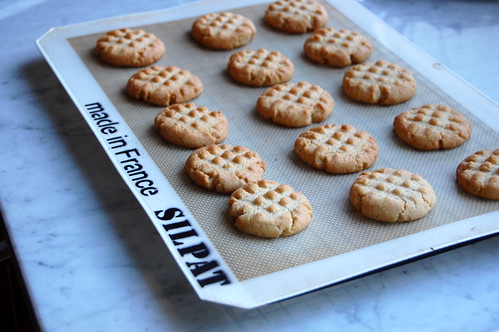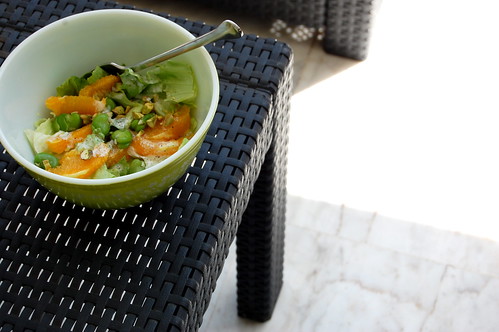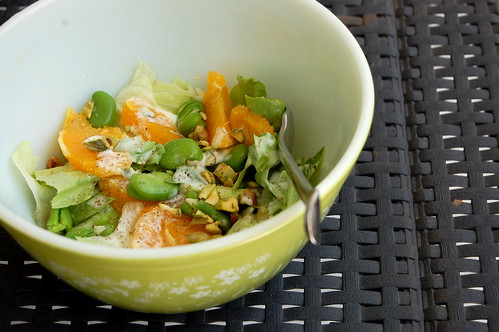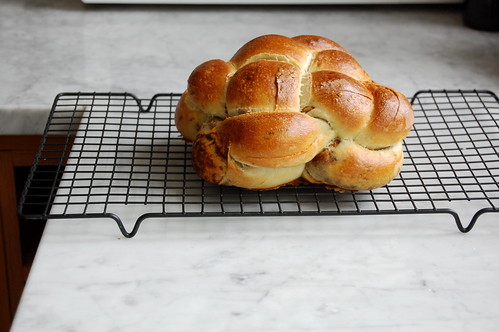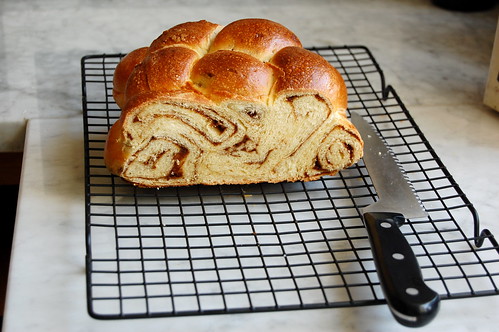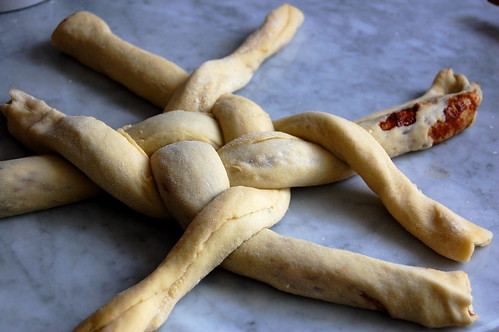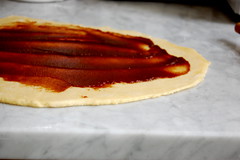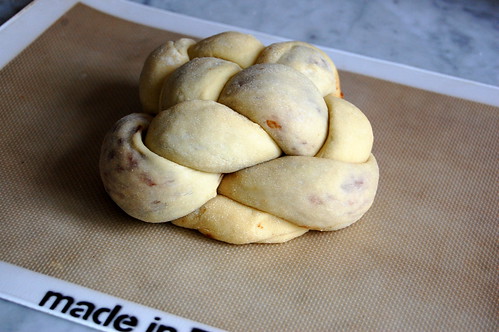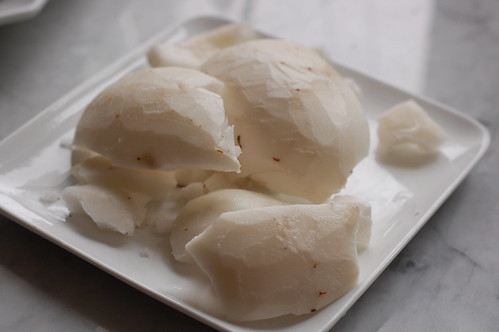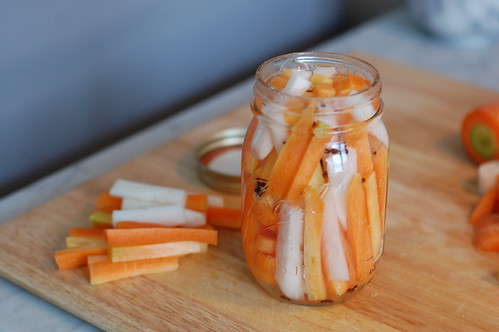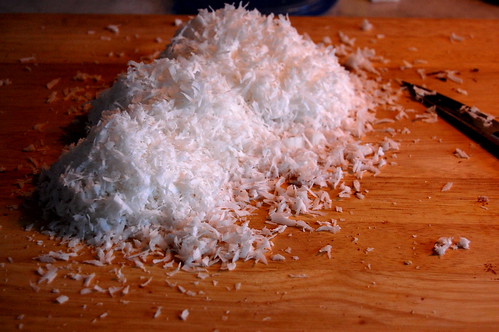
We were driving home two weeks ago when I noticed that all the flags on our route home were at half-mast and that every single radio station was playing Quranic mourning recitations. Concerned, I flipped the radio around until I found a news break where I was able to discern that a former President had died. Subsequently, eight days of national mourning were announced, which meant eight days of no music allowed on the radio, no dance concerts at the arts center. And if I'm going to be frank here- some old guy who was President for a few months decades ago, decamped to Switzerland nearly as many years ago, dies, and I get to practice my Quranic Arabic every morning on my commute? What a bizarre place. I thought I should write about some of Algiers' quirks, but we'll stick to food in this forum. I thought we'd start with eating out (or not, as you may figure by the end of this post).
There is not much of a restaurant culture here. During the civil war in the nineties, which one has to remind oneself is not that long ago since any physical damage to the city has long since been whitewashed over, restaurants were big targets for bombings. As little as ten years ago eating out was considered a dangerous proposition. As such, many restaurants here are done in true speak-easy style - knock on a darkened door, go up to the second floor, and you might find some delicious food and a cold beer. Other restaurants are tucked into hidden corners, down dimly lit allies or in the woods behind the Martyr's monument. Everything is word of mouth, and obviously finding these places can be a challenge. Even then, the selection of good restaurants can be limited.
As for street food, whatever is available in Algiers is pretty limited, only available in certain areas, and most things close up by 6 pm. I've heard there are more options in other cities like Oran. There's lots of "fast food" places, which serve omelets (never have I met a people so obsessed by eggs), sandwiches, salads, and pizza. The sandwiches will almost certainly contain french fries and mayonnaise, and a local favorite is the "sandwich complet viande" which involves scrambled eggs, ground beef, and fries stuffed into french bread. This is a variation on the "plat complet viande" which involves a plate with two ground beef patties, two fried eggs, a salad (often with lettuce and grated beets), and fries.
The other kind of fast food places are little grill stands, where you'll see skewers of the tiniest pieces of meat displayed out front. The skewers often contain things like liver with cubes of fat, or other offal-type cuts. Other streets foods involve croissants and pastries, and m'hjab, an Algerian bread stuffed with spicy tomato sauce (check out this video of mhjab being made, look at how easily the guy can stretch the dough so thinly). Schwarma is also available but is frankly not very good and is often made with that Algerian favorite- turkey. Boureks, the Algerian version of spring rolls, seem like an obvious street food but I know of only one place that runs such a business.
Another oddity of Algiers (as if there weren't enough already), is that despite the overwhelming number of local bread varieties, there are very few actual bread bakeries. Having lived in Syria where there was a bakery rolling pita off the conveyor belt at nearly every corner, I find this baffling. It seems the local subsidized baguettes are trucked in twice daily to your little superette, and then any other breads seem to be made by the shop owner's grandma, or by some other mystery source, which means quality varies greatly from store to store. There are bakeries for pastries but not nearly as many for bread. This would explain why when the other day we were driving and Paul spotted a bakery with the sign "pain traditional" I literally stopped the car in the middle of whirling traffic, pulled onto the side walk to park, and headed over. Once inside, and it was a tiny entryway with trays of freshly baked kesra bread, I gasped at Paul, "they make bread here!"
Towards the end of our time here, I'm planning to do a series of posts on where to actually eat (and visit real bakeries!) in Algiers. As you can imagine, we have quite a bit of recon to do, but hopefully you'll stay tuned.


